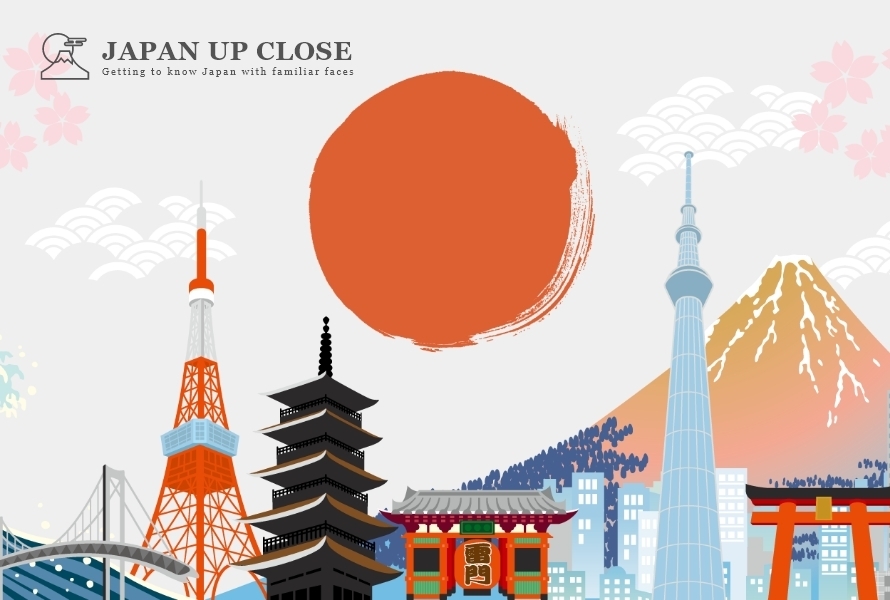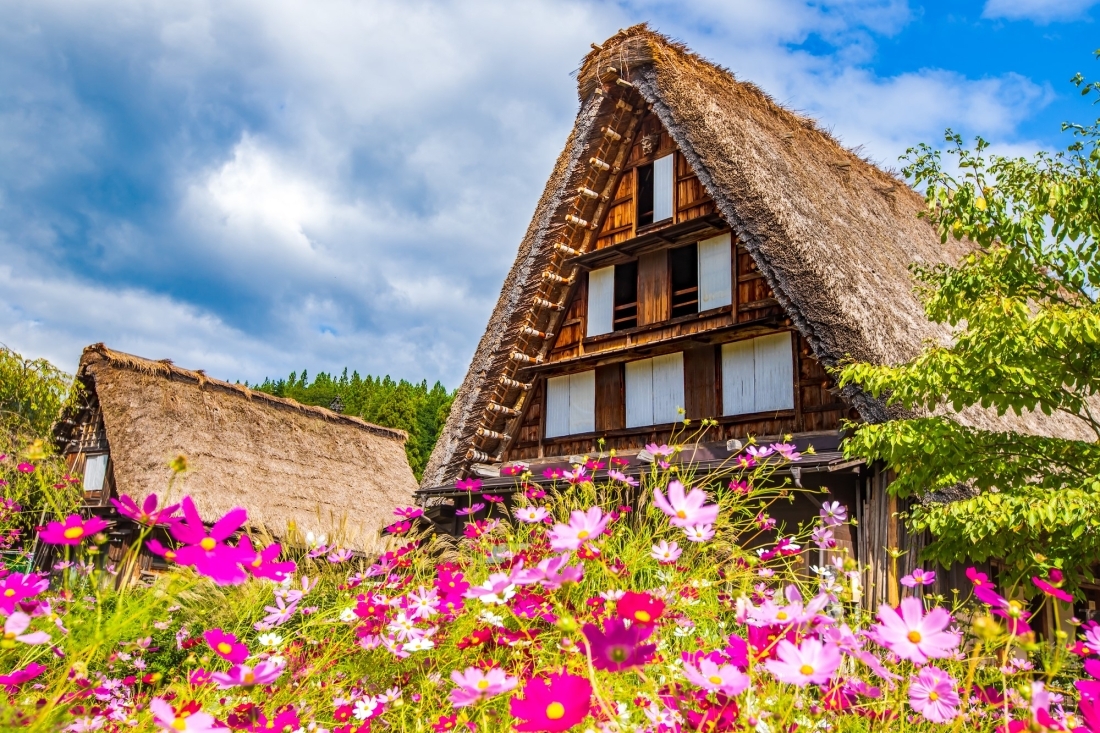TECH & CULTURE
The Increase of Tourists in Japan
February 19, 2025
Japan’s rising popularity as a tourist destination has brought economic benefits, but it has also led to overtourism, particularly in cultural hotspots like Kyoto. With projections of continued growth, managing these crowds while preserving local culture and community well-being has become a pressing issue.
The concentration of tourists in areas like Tokyo, Kyoto, and Nara stems from Japan’s historical centralization, where power and culture were consolidated in these hubs. This pattern creates predictable itineraries that often overlook the country’s diverse regional identities and lesser-known attractions.
The concentration of tourists in areas like Tokyo, Kyoto, and Nara stems from Japan’s historical centralization, where power and culture were consolidated in these hubs. This pattern creates predictable itineraries that often overlook the country’s diverse regional identities and lesser-known attractions.
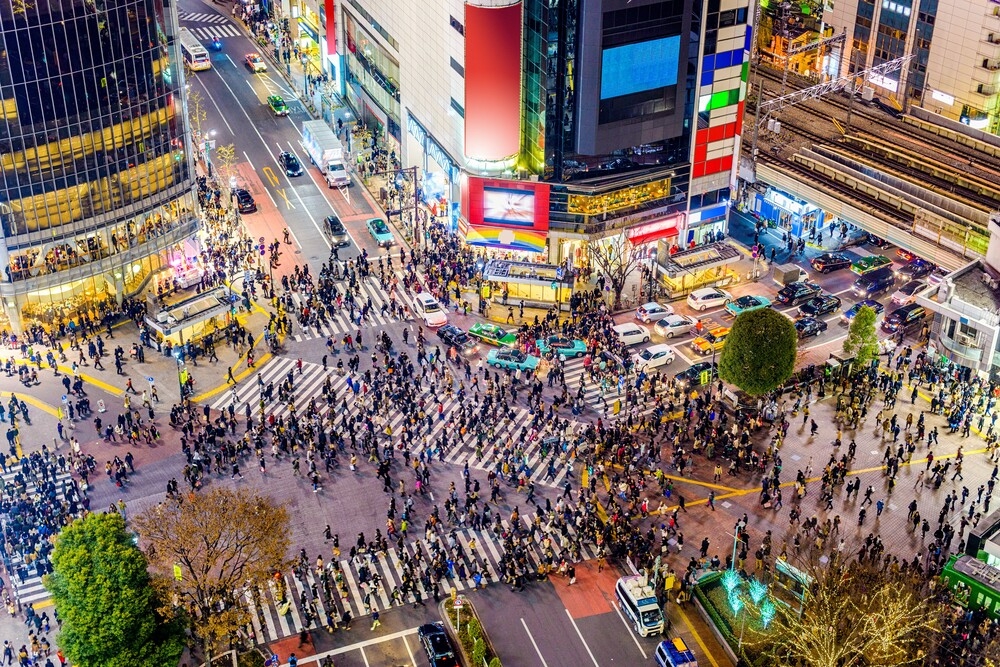
Kyoto, which hosts 50 million visitors annually, exemplifies the strain overtourism places on local infrastructure and communities. Local measures, such as promoting off-peak visits and enhancing public transport, have been helpful but insufficient.
Broader strategies to address overtourism include dispersing visitors across Japan’s regions. By promoting underexplored areas like Tohoku or Kyushu, the government can encourage a deeper appreciation of Japan’s rich regional diversity. This approach echoes France’s success in distributing its 100 million annual tourists across various regions, reducing pressure on popular sites.
Broader strategies to address overtourism include dispersing visitors across Japan’s regions. By promoting underexplored areas like Tohoku or Kyushu, the government can encourage a deeper appreciation of Japan’s rich regional diversity. This approach echoes France’s success in distributing its 100 million annual tourists across various regions, reducing pressure on popular sites.
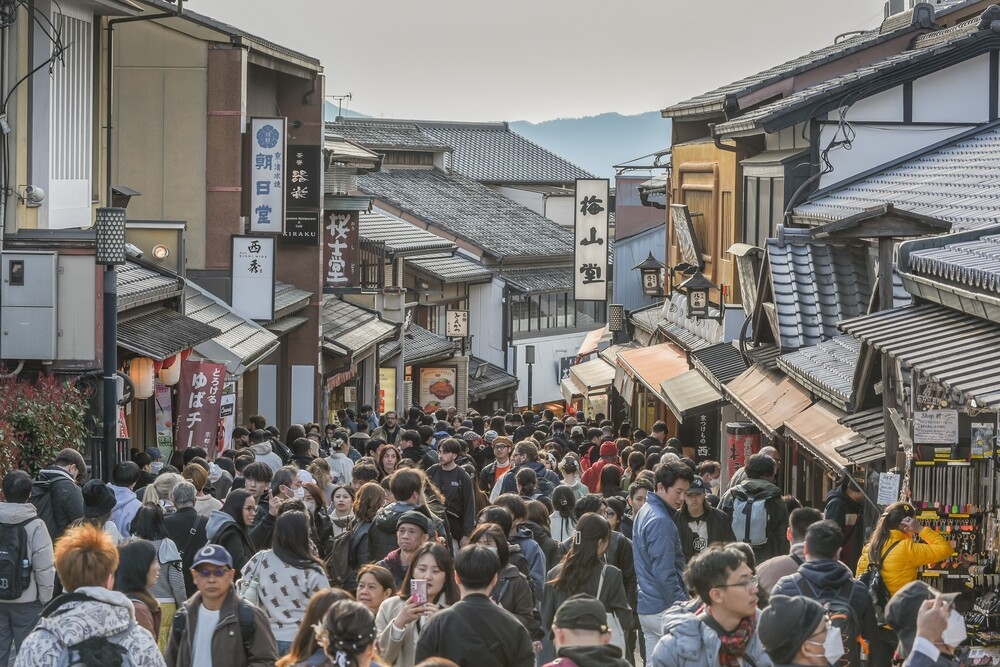
Ōno Hiroyuki, scriptwriter and head of the Chaplin Society of Japan, offered an interesting scenario in his book
Kyōto no onedan (The Price of Kyoto). He envisioned Kyoto as the setting for a metaphorical role-playing game (RPG) where visitors navigate the city's intricate ""rules"" and traditions, gaining deeper understanding as they progress. For example, foreign visitors would be less likely to disturb a maiko (apprentice geisha) encountered on the street if they understood that these women, dressed in traditional attire, are simply on their way to work. By learning and respecting these cultural nuances, tourists can transition from being mere spectators to active participants in Kyoto's living culture, fostering a more meaningful and harmonious connection with the city and its people.
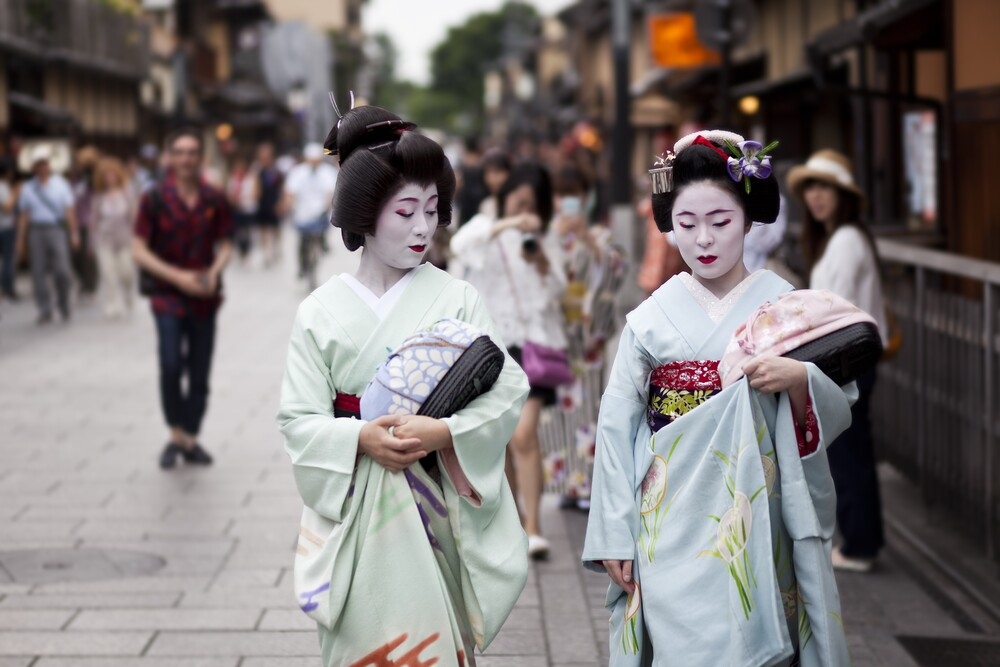
Ultimately, addressing overtourism in Japan requires a focus on quality over quantity. By fostering mutual understanding and respect between tourists and locals, Japan can ensure sustainable tourism that enriches both visitors and communities.
